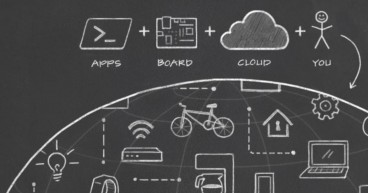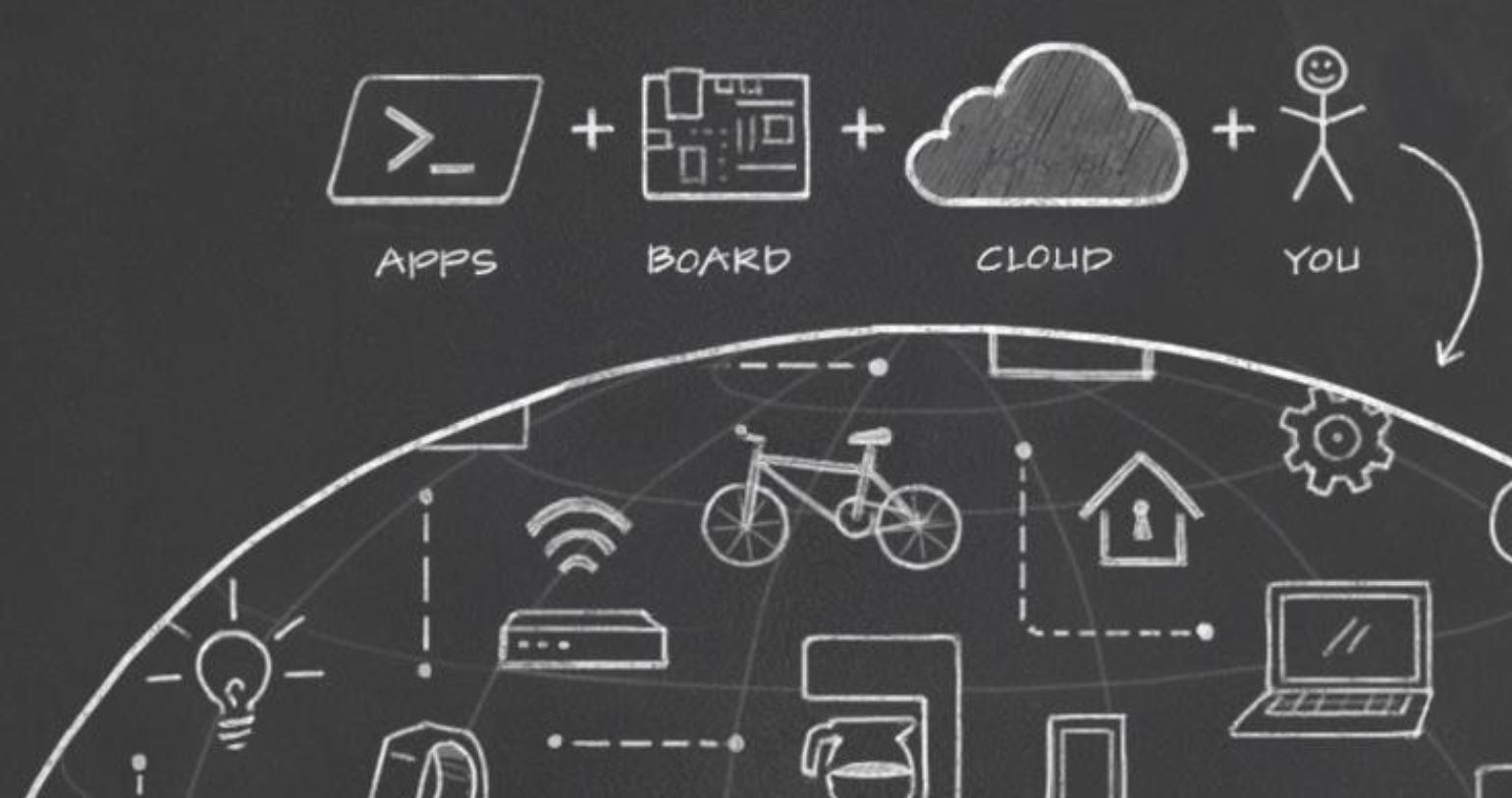 IoT has been the hottest topic and buzz word within the technological community in recent years. While some of us think of IoT and the cloud as interdependent, the dependency is actually one directional. IoT cannot function without the infrastructure and countless possibilities that the cloud facilitates.
IoT has been the hottest topic and buzz word within the technological community in recent years. While some of us think of IoT and the cloud as interdependent, the dependency is actually one directional. IoT cannot function without the infrastructure and countless possibilities that the cloud facilitates.
Being a cloud blogger, and the founder of IamOnDemand, I often get invited to key events related to cloud technologies. A few weeks ago, I was invited by Microsoft and ironSource to cover their joint IoT Hackathon, which hosted more than 50 developers from companies such as Mellanox, eBay, and mean.io. The Hackathon featured some of the newest Microsoft Azure cloud services features, including Microsoft’s events ingest cloud service, Azure Event Hubs; their new analytics data tool, Stream Analytics; Azure HDInsight ,Azure Machine Learning; and additional cloud related features and tools.
The developers that engaged with the Azure cloud’s new features worked independently and in teams, guided by Microsoft Azure experts and Microsoft Partner experts from the global team. Together, they dealt with real life scenarios and looked at security issues concerning gathered data and its usage via IoT apps. According to Anko Duizer, DX TED EMEA Director and worldwide IoT working group leader, this “is an interesting aspect that developers generally don’t think about because they really want to get the device and scenario working”–which often leaves the security aspect overlooked.
IoT and Cloud – Use Cases of Real Life Scenarios
One of the most exhilarating aspects of IoT innovations is the ability to use gathered, processed and analyzed data to improve our daily lives. Three use cases that I particularly enjoyed from the IoT Hackathon ranged from apps dealing with parking spaces, to dog monitoring, and fire hazards. The first allowed users to block each other’s vehicles in parking lots in order to maximize on parking space. They were able to use the Azure Cloud, OCR, and Machine Learning to ping each other when cars needed to be moved. Second, the app designed for dog monitoring enabled users to know where their dogs were at all times (including the exact floor and room location in a building), as well as whether they were walking, sleeping, and if they had enough to drink or eat. Finally, the app that focused on life saving data, related to fire hazards and heat alerts in buildings and cars, used sensors and data that was transmitted to the Azure cloud, which in turn provided insights and life saving alerts. This can be used in various scenarios, including cases in which children are left in a car that becomes overheated.
IoT and Mobile, or the Cloud?
As you can see from the use cases above, IoT and mobile have presented us with wonderful new innovations. However, it’s important to remember that these apps generate massive amounts of data, that requires immediate, real-time processing and computing. This also makes the apps critically dependent on a robust and elastic backend infrastructure. So while IoT is full of countless possibilities, the cloud is the true enabler of this new and exciting technology.
I invite you to read this on – Amazon, Microsoft and Google: The Cloud Leading Trio
image source: https://microsoft-news.com

